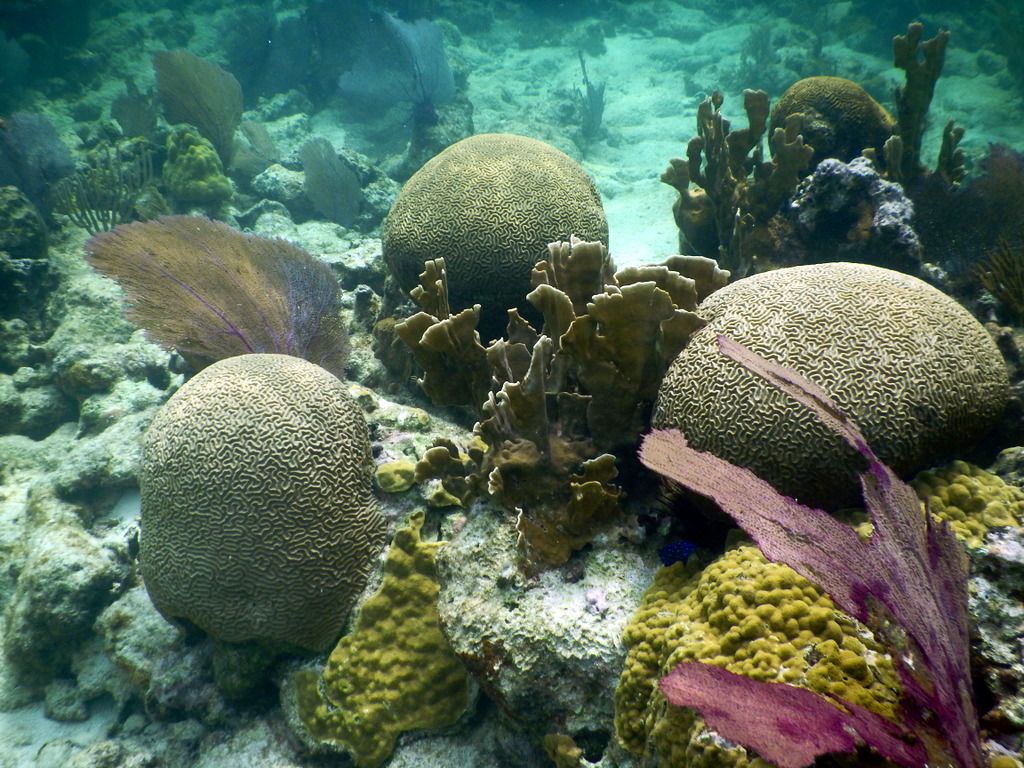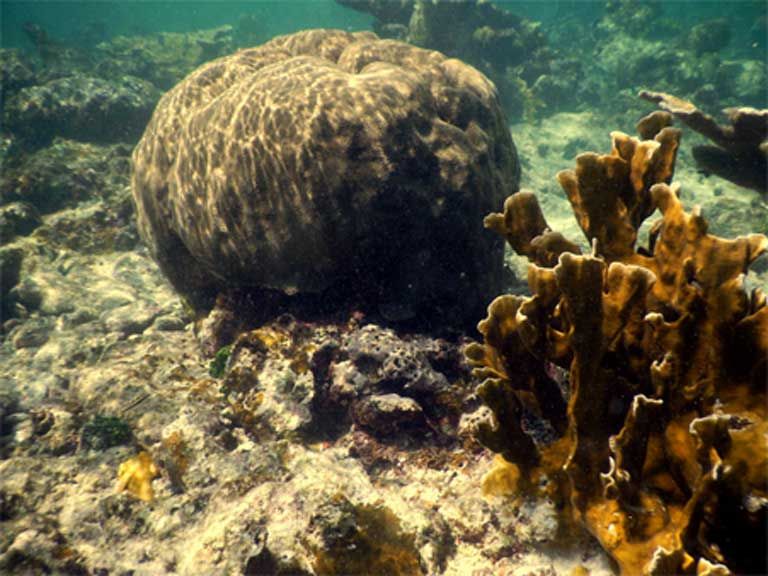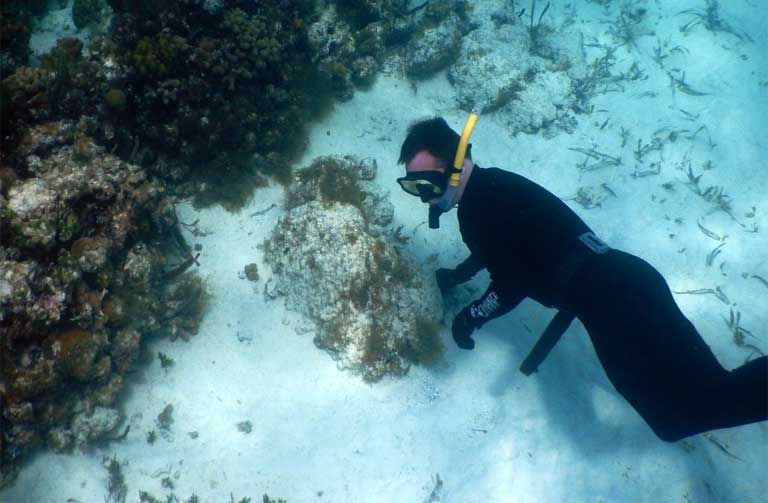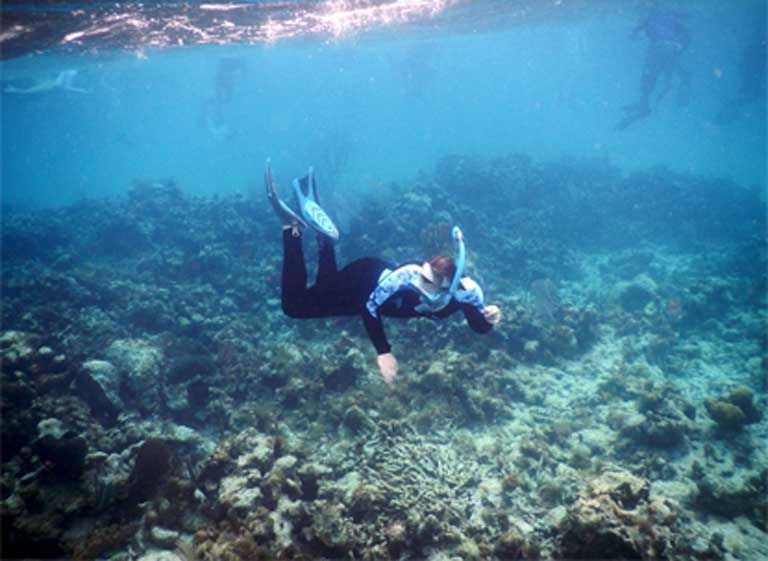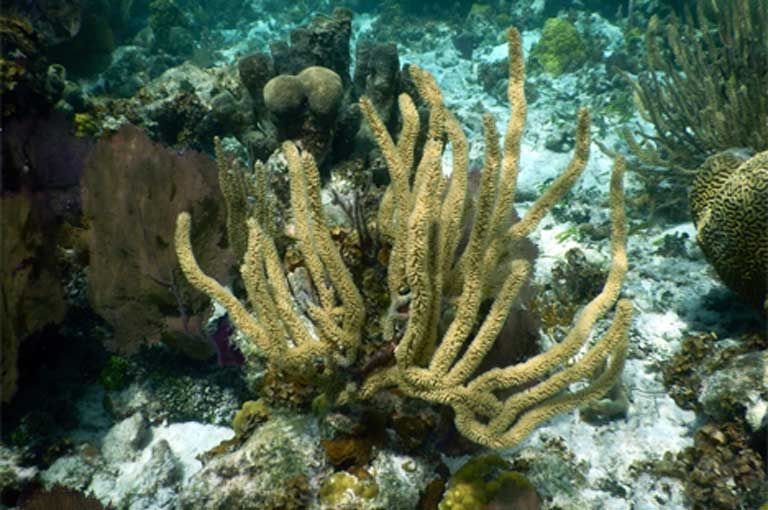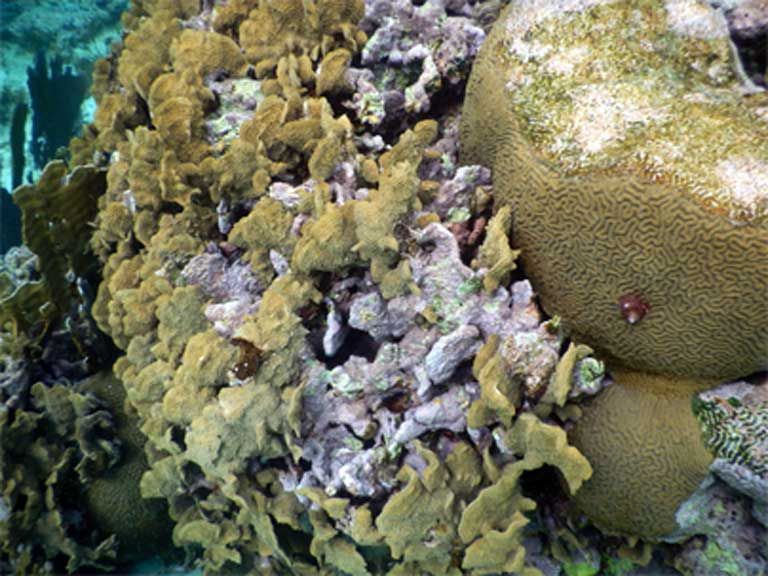Climate change is accelerating the rate of coral bleaching. It is important to understand the effects. What are we losing out on with the acidification of our oceans? The truth is, we will lose a lot of ecological services we take for granted. An ecological service is basically any benefit that we obtain from nature and/or wildlife.
There are a lot of ecosystem services that we aren't even too aware of. For instance, did you know that coral reefs actually protect our shorelines? According to the National Oceanic and Atmospheric Administration, their structure helps protect us from storms and harsh waves. When coral bleaching occurs it means we are losing out on this protective barrier for our shores.
Coral reefs are often considered the "tropical forests of the sea," that provide nourishment, protection, and shelter to 25 percent of all aquatic life. It also brings the human population a large amount of benefits we often do not always think about. With climate change accelerating the threat of ocean acidification, scientists are beginning to fear the worst for the state of coral reefs everywhere. We stand the risk of losing the functions that coral reefs provide for us, including revenues from eco-tourism, seafood consumption, species extinction, shoreline protection, and more.
Another great impact that ocean change is influencing is the deterioration of some organisms' shells, including small sea snails known as pteropods. This is caused from the rapidly rising amounts of carbon dioxide that lead to ocean acidifcation. If this continues, we will see a growing impact on all marine life, including broad shifts in the food chains of marine environments that can ultimately lead to threats of extinciton. Soon, we willl start seeing the repercussions of an ecosystem change on a much larger scale than ever before.
